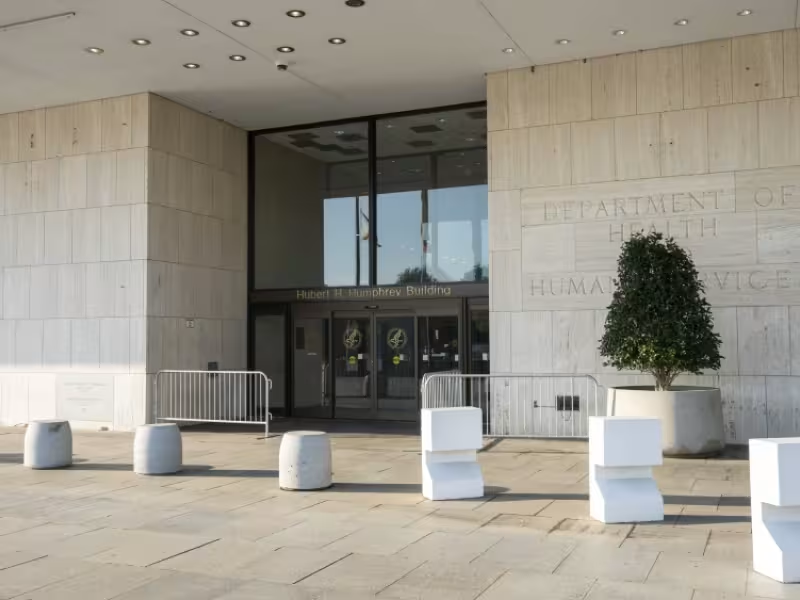
SHERIDAN, WYOMING – July 8, 2025 – The U.S. Department of Health and Human Services (HHS) faces a period of unprecedented operational uncertainty following sweeping layoffs and partial reinstatements under Health Secretary Robert F. Kennedy Jr., with federal court intervention highlighting the legal and logistical chaos surrounding the department’s restructuring.
A recent ruling by Judge Melissa DuBose temporarily halted Kennedy’s overhaul, reinforcing that neither he nor the department holds the constitutional authority to unilaterally restructure agencies established by Congress. The court sided with a coalition of 19 states and the District of Columbia, which accused HHS leadership—including Kennedy, FDA Commissioner Marty Makary, and CDC Acting Director Susan Monarez—of implementing an “unconstitutional and illegal dismantling” of the agency.
Widespread Disruption Across Critical Health Agencies
Since taking office in February, Kennedy has overseen the elimination of approximately 10,000 positions across HHS. Among the hardest hit was the Food and Drug Administration (FDA), with 3,500 roles cut. The Centers for Disease Control and Prevention (CDC) lost 2,400 employees, and the National Institutes of Health (NIH) shed 1,200 positions.
These cuts came in addition to a prior purge of over 5,000 probationary employees ordered by President Donald Trump, spurred in part by advisor Elon Musk’s push for administrative streamlining. Combined, these reductions suggest that up to 20,000 positions may have been vacated—amounting to nearly double the normal attrition rate within the department.
Strategically, the implications are vast:
- Regulatory delays could increase, especially within the biopharma sector, where the FDA’s capacity to process applications is vital.
- Public health surveillance and outbreak prevention programs could be hindered by CDC staff reductions.
- Biomedical research output may decline due to NIH capacity constraints.
Rehiring Wave Highlights Internal Disarray
Following criticism from lawmakers and unions, HHS has initiated efforts to reinstate erroneously dismissed employees. Kennedy himself conceded that at least 2,000 federal staff were terminated by mistake, including personnel involved in infectious disease control, occupational safety, and drug policy.
Despite these efforts, no clear rehiring numbers have been confirmed. Reports from Inside Health Policy indicate that internal communications within HHS have provided conflicting data, and even congressional leaders remain unclear on the actual headcount of layoffs and reinstatements. One Trump administration attorney acknowledged publicly that “he wasn’t sure if anyone in the government knew the exact figures.”
Mounting Political and Institutional Backlash
The strategic fallout has triggered strong opposition from Democratic lawmakers and public health advocates. In March, a group of seven Senate Democrats urged the Trump administration to reverse CDC layoffs, emphasizing the agency’s role in protecting public health. Shortly thereafter, Senator Cory Booker (D-NJ) made headlines for delivering a record-breaking 25-hour floor speech denouncing the healthcare cuts and broader executive overreach.
Industry stakeholders are similarly alarmed. Many fear that weakened staffing will jeopardize the United States’ ability to respond to public health emergencies, regulate pharmaceuticals, and oversee medical research—each critical to national security and global competitiveness.
Legal Uncertainty Adds Operational Risk
The Rhode Island federal court’s injunction has temporarily stalled Kennedy’s efforts, but the long-term legal trajectory remains uncertain. The ruling underscores broader questions about the scope of executive power and administrative restructuring authority—issues with far-reaching implications for public sector governance and continuity planning.
As the situation evolves, private sector partners across pharmaceuticals, biotechnology, and healthcare delivery are closely monitoring HHS’s stability and capacity.
Learn more at https://www.hhs.gov